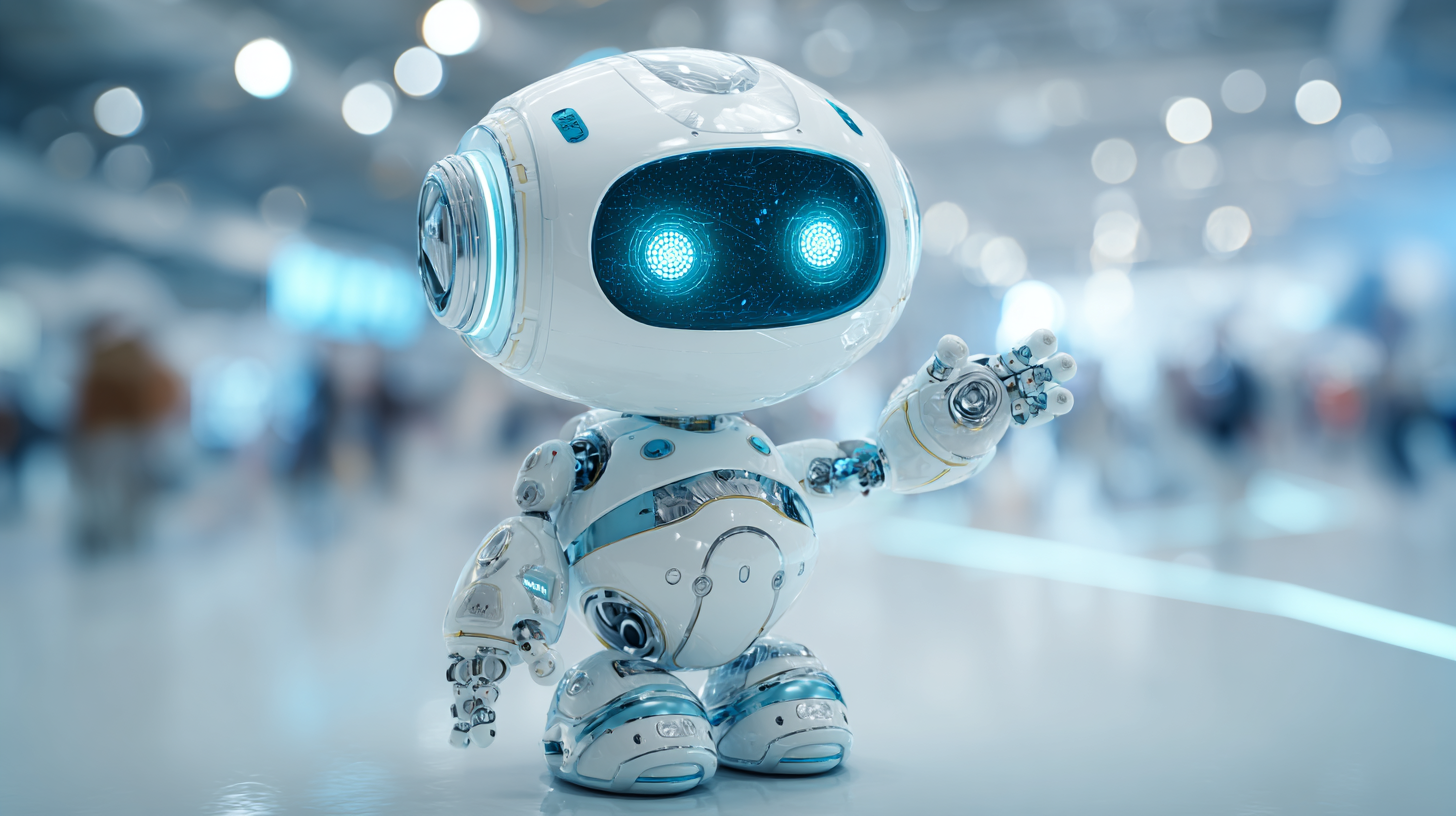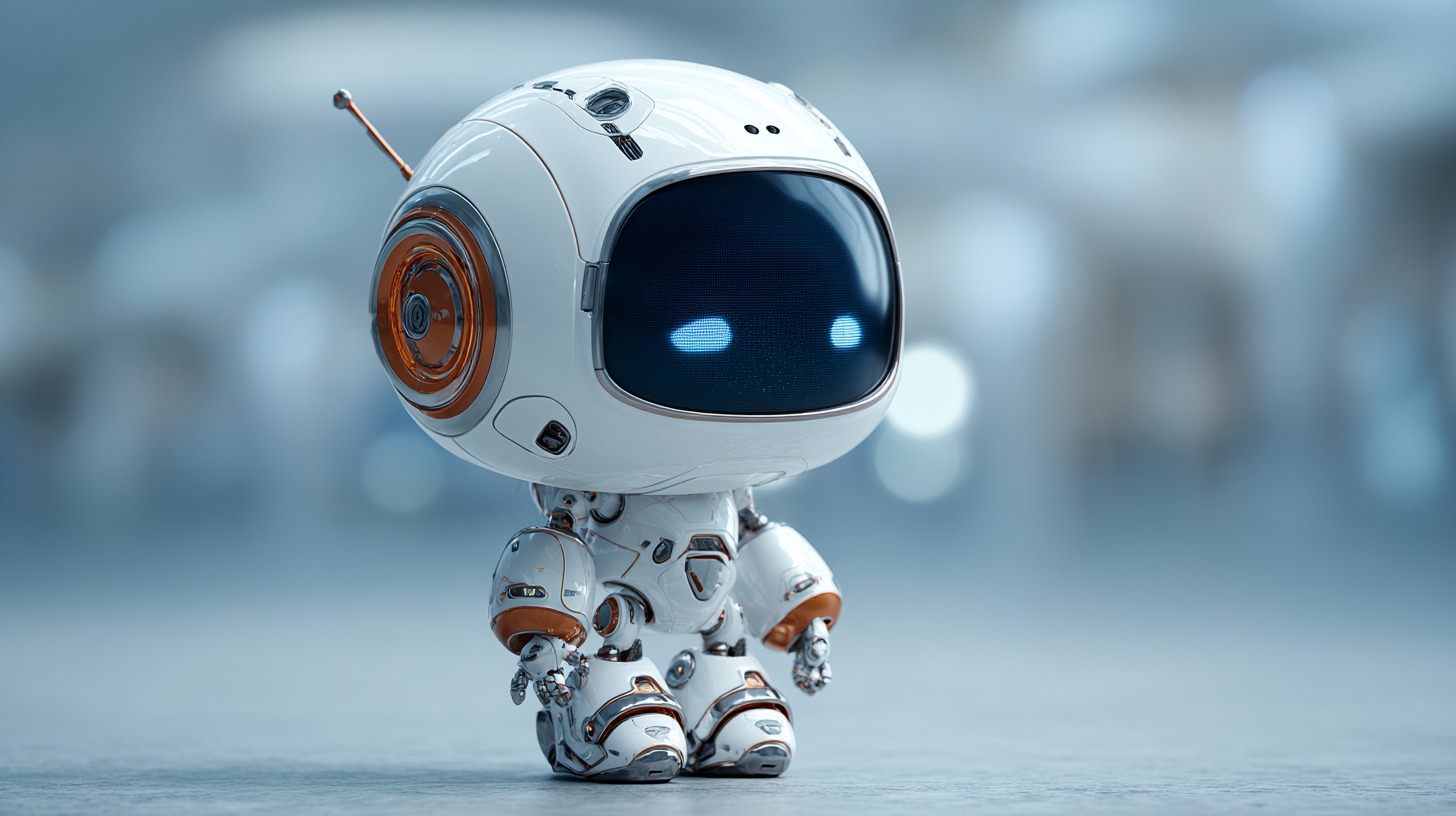Ultimate Guide to Choosing the Best Ai Robot for Global Procurement Success
In today's fast-paced global economy, the integration of technology in procurement processes has become paramount for success. Among the most revolutionary advancements is the emergence of Ai Robots, which have the potential to transform the way businesses identify and collaborate with high-quality manufacturers. These intelligent systems not only streamline the procurement workflow but also enhance decision-making by leveraging large datasets and providing valuable insights into supplier performance. As organizations strive to maintain a competitive edge, understanding how to effectively choose an Ai Robot that aligns with their specific procurement needs is crucial. This ultimate guide will delve into key considerations and best practices for selecting the right Ai Robot to ensure seamless global procurement and establish fruitful relationships with top-tier manufacturers.
Understanding the Role of AI Robots in Global Procurement Strategies
In an increasingly interconnected global market, the integration of AI robots in procurement strategies has emerged as a pivotal factor for success. According to a report by McKinsey, companies that adopt AI-driven procurement strategies can reduce costs by up to 20% while increasing efficiency by 30%. AI robots facilitate real-time data analysis, enabling procurement teams to make informed decisions rapidly and adapt to changing market conditions. This capability not only streamlines supplier management but also enhances risk assessment, ensuring that organizations can navigate the complexities of global supply chains.
Moreover, AI robots play a crucial role in enhancing supplier collaboration and performance monitoring. The Deloitte Global CPO Survey indicates that 62% of procurement leaders plan to invest in advanced analytics tools, identifying AI as a key driver for collaboration across the supply chain. By leveraging machine learning algorithms, AI robots can evaluate supplier performance metrics and predict future trends, allowing organizations to build stronger, more resilient partnerships. As businesses increasingly embrace digital transformation, understanding the role of AI robots in global procurement strategies is essential for staying competitive in today’s fast-paced market landscape.
Key Features to Look for in an AI Robot for Procurement Efficiency
When choosing an AI robot for procurement efficiency, there are several key features that can significantly enhance global procurement success. First and foremost, automation capabilities are essential. According to a recent report by McKinsey, automation in procurement can lead to a 20-30% reduction in operational costs. An AI robot that can automate repetitive tasks such as order processing, supplier communications, and invoice management allows procurement teams to focus on strategic initiatives rather than mundane duties.
Another critical feature is advanced analytics. Implementing AI-driven analytics helps organizations uncover insights from data that can inform decision-making. Gartner's research indicates that companies using advanced analytics in procurement see a 10-15% improvement in spend visibility. Notably, effective spend analysis tools can help identify savings opportunities and improve supplier negotiations.
Tips: Look for an AI robot with machine learning capabilities to continually adapt and improve procurement processes over time. Additionally, ensure that the AI system can easily integrate with existing procurement software to maintain workflow continuity. Finally, prioritize user-friendly interfaces, as ease of use is crucial for user adoption and maximizing the benefits of AI in procurement tasks.
Evaluating Cost-Effectiveness of AI Robots in Supply Chain Management
In today's rapidly evolving procurement landscape, the cost-effectiveness of
AI robots is becoming increasingly crucial for businesses aiming to enhance their supply chain management. With the
persistent challenges posed by tariffs and trade wars, organizations must leverage innovative technologies
to maintain competitiveness and agility. AI robots can manage procurement tasks up to 80% faster than traditional methods,
streamlining operations and reducing labor costs. This efficiency not only saves money but also accelerates decision-making processes,
enabling companies to react swiftly to supply chain disruptions.
Moreover, integrating AI within the supply chain offers opportunities for improved sustainability and resilience.
As Industry 4.0 technologies, including AI, the Industrial Internet of Things, and blockchain,
redefine operational frameworks, businesses can harness these advancements to optimize their supply chains
for better environmental outcomes. Transitioning from reactive measures to proactive strategies,
organizations can become more adept at anticipating market shifts and mitigating risks, ultimately enhancing
their bottom line and ensuring longer-term viability in a complex global marketplace.
Best Practices for Integrating AI Robots into Your Procurement Process
Integrating AI robots into the procurement process can significantly enhance efficiency and reduce operational costs. According to a report by Accenture, organizations that adopt AI technologies in procurement can achieve up to 30% cost savings and enhance the speed of their operations by 50%. By automating repetitive tasks such as data entry, supplier evaluations, and purchase order management, AI frees up procurement professionals to focus on strategic activities that drive value.

To successfully integrate AI robots, companies should prioritize data quality and ensure that they have robust training datasets. A study by McKinsey found that organizations that prioritize data governance experience a 40% improvement in AI effectiveness. Moreover, establishing a clear governance framework for AI usage is essential, allowing teams to monitor AI performance and adjust strategies quickly. Regular training and upskilling for staff interacting with AI technologies also foster a smoother transition and greater acceptance within the organization, boosting both productivity and morale.
Future Trends in AI Technology and Their Impact on Global Procurement
In the realm of global procurement, the integration of AI technology is poised to reshape operations significantly by 2025. Supplier diversification, AI readiness, and circularity have emerged as top priorities for businesses, reflecting a strategic shift that elevates supply chain management to a critical role within organizations. The pandemic catalyzed this transformation, pushing companies to adopt innovative technologies that enhance their procurement capabilities. As AI continues to gain traction, it is expected to deepen our understanding of suppliers through advanced data analysis, enabling firms to make informed decisions based on performance trends and risks.

Moreover, automation within supply chains is increasingly becoming a cornerstone for efficiency. Companies are harnessing AI to streamline logistics, reduce costs, and enhance service delivery. This technological empowerment not only fosters operational excellence but also aligns with sustainability goals, responding to market demands for more responsible procurement practices. As we look towards 2025, the trends indicate a future where AI doesn't just support supply chain functions but fundamentally redefines how organizations approach procurement strategy and supplier relationships.











